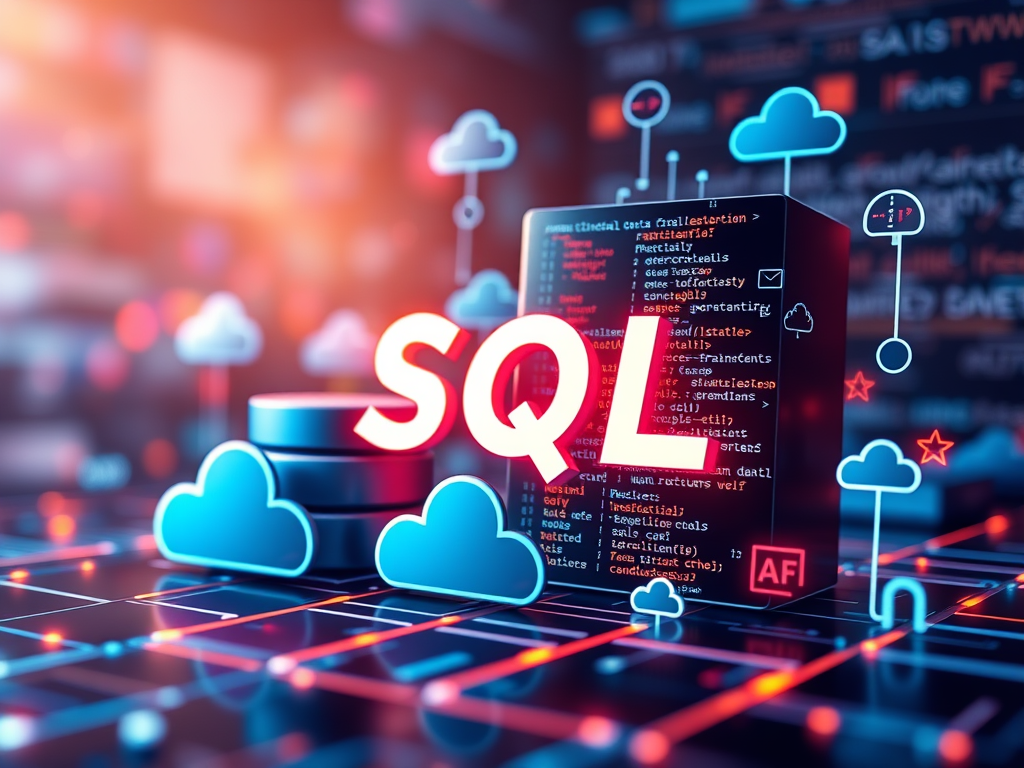In a tech landscape dominated by distributed systems, serverless architectures, and real-time analytics, one might assume that SQL, a language born in the 1970s, would be fading into obscurity. Yet, SQL continues to thrive, evolving alongside cloud-native databases and remaining the backbone of modern data operations.
The Enduring Appeal of SQL
In a world where data pulses beneath every digital surface, one language continues to thread its way through the veins of enterprise logic and analytical precision: SQL. Not because it’s trendy, but because it’s timeless. SQL isn’t just a tool; it’s the grammar of structure, the syntax of understanding, the quiet engineer behind nearly every dashboard, transaction, and insight. When chaos erupts from billions of rows and scattered schemas, SQL is the composer that brings order to the noise. It’s not fading, it’s evolving, still speaking the clearest dialect of relational truth. According to the 2024 Stack Overflow Developer Survey, 72% of developers still use SQL regularly. Its declarative syntax, mature ecosystem, and compatibility with analytics tools make it indispensable; even in cloud-native environments.
SQL in the Cloud-Native Era
Cloud-native databases are designed for scalability, resilience, and automation. They support containerization, microservices, and global distribution. But here’s the twist: many of them are built on SQL or offer SQL interfaces to ensure compatibility and ease of use.
Real-World Examples:
| Company | Cloud-Native Database Used | SQL Role & Impact |
| Netflix | Amazon Aurora, CockroachDB | Uses distributed SQL to manage global streaming data with high availability |
| Airbnb | Google Cloud Spanner | Relies on SQL for low latency booking systems and consistent user experiences |
| Uber | PostgreSQL on cloud infrastructure | SQL powers real-time trip data and geolocation services across regions |
| Banks | Azure SQL, Amazon RDS | SQL ensures secure, ACID-compliant transactions for mobile banking |
These platforms prove that SQL isn’t just surviving; it’s thriving in cloud-native ecosystems.
SQL + AI = Smarter Data
SQL is increasingly integrated with AI and machine learning workflows. Tools like BigQuery ML and Azure Synapse allow data scientists to train models directly using SQL syntax. The 2024 Forrester report found SQL to be the most common language for integrating ML models with databases.
SQL for Big Data & Analytics
SQL has adapted to handle massive datasets. Distributed SQL engines like YugabyteDB and Google Cloud Spanner offer horizontal scalability while preserving ACID guarantees. This makes SQL ideal for real-time analytics, financial modeling, and IoT data processing.
Developer-Friendly & Future-Proof
SQL’s longevity is also due to its accessibility. Whether you’re a junior analyst or a senior engineer, SQL is often the first language learned for data manipulation. And with cloud-native platforms offering managed SQL services (e.g., Cloud SQL, Amazon Aurora, AlloyDB), developers can focus on building rather than maintaining infrastructure.
Final Thoughts
SQL’s reign isn’t about nostalgia; it’s about adaptability. In the age of cloud-native databases, SQL continues to evolve, integrate, and empower. It’s not just a legacy tool; it’s a strategic asset for any data-driven organization.
